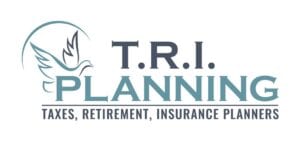Resources
Explore here to find all of our educational resources, from our weekly newsletter to additional articles and videos
Looking for Something?
Join Our Community
Stay up-to-date with the latest financial insights, tips, and news by joining our community. Subscribe to our newsletter and follow us on social media to access valuable resources and receive regular updates from Tri Planning.
Contact Us
Fill out your info below and a team member will get back to you soon
